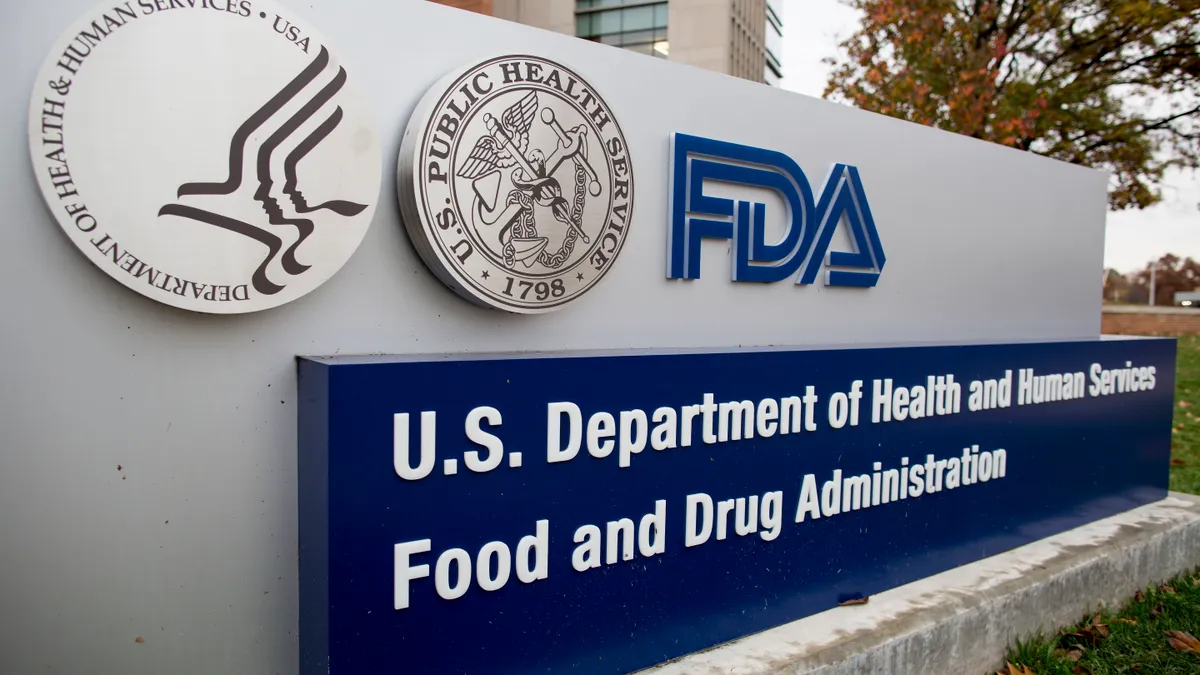Dive Brief:
- The FDA on Tuesday released draft guidance on metal expandable biliary stents reinforcing its longstanding view that unapproved use of the devices in the vascular system could cause harm to patients.
- The agency said its concerns stem from a lack of safety and effectiveness data on the use of biliary stents, also known as bile duct stents, in the vascular system.
- The agency said it continues to limit equivalence determinations for biliary stents in most cases.
Dive Insight:
A biliary stent is a flexible metallic tube designed to hold open a blocked bile duct. When a blockage occurs in the bile duct, fluids are unable to flow into the duodenum to aid in digestion.
In 2016, Abbott won a whistleblower lawsuit by a former sales representative who accused the company of off-label marketing of bile-duct stents to treat peripheral artery disease. The lawsuit sought as much as $1 billion in damages, according to Bloomberg.
FDA said its new guidance is intended to supersede recommendations dating back to 1998 that limit equivalence determinations for metal expandable biliary stents, also known as bile-duct stents, due to the likelihood the devices will be used in blood vessels.
“While metallic stents have since been approved for specific cardiovascular indications, the agency continues to have safety and effectiveness concerns about use of biliary stents for vascular applications, unless the device has also been approved for a vascular indication through a separate premarket approval application,” the agency said.
FDA said the guidance applies only to biliary stents indicated for “palliation of malignant 109 strictures in the biliary tree.” It does not apply to biliary stents indicated to treat benign strictures or stents intended to be used in the vasculature, tracheal/bronchial tubes or other gastrointestinal anatomy.
The agency is seeking comments for the next 60 days following the publication of the draft guidance in the Federal Register.









